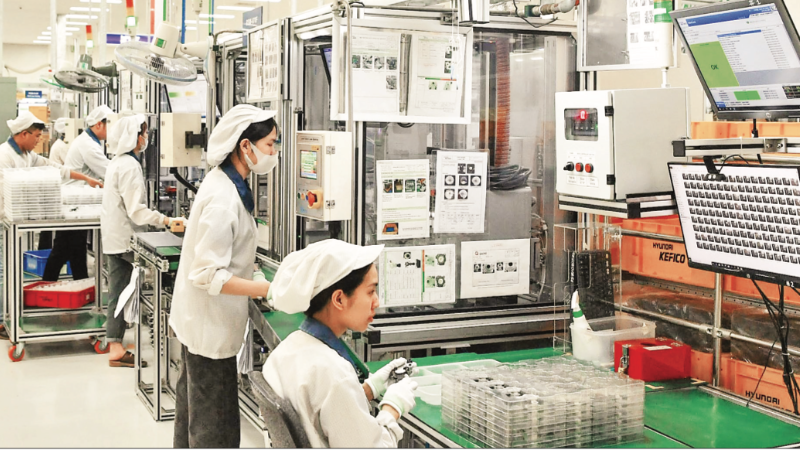
Therefore, it is necessary to synchronize human resource development policy with economic orientation and science and technology development strategy.
Human resource bottlenecks
Applying technology to production and business activities is a vital factor. However, businesses, especially small and medium-sized enterprises in labor-intensive industries such as manufacturing, retail, logistics or agriculture , often face major barriers to digital transformation, which is the concern about disruption of human resources and the impact on workers' jobs.
Mr. Pham Duc Nghiem, Deputy Director of the Department of Startups and Technology Enterprises (Ministry of Science and Technology) said that many small and micro enterprises do not know where to find technology, choose the right consulting system, and especially lack capital to invest. When there is technology, there are not qualified people to operate it. When there are people, the enterprise lacks a long-term development strategy, lacks a culture of innovation and another major bottleneck is weak management capacity in the enterprise.
To support businesses to overcome this barrier, according to experts, first of all, it is necessary to implement a "step-by-step transformation" mechanism, meaning that businesses do not need to change the entire process at once but can start with easy-to-apply operations such as electronic invoices, online accounting, sales management... This helps the human resources team gradually adapt to technology without being pressured to change suddenly. Businesses need financial support to boldly invest in technology.
Another important factor is to encourage technology businesses to participate in developing user-friendly technology solutions.
Besides, coordination between the State, technology enterprises and educational institutions to organize practical training programs, online learning, and certification... is very necessary.
According to Associate Professor, Dr. Nguyen Thi Minh Tan, Director of the Institute for Research and Development of Natural Compounds Applications, Hanoi University of Science and Technology, the State should create a number of key programs with funding and select training service providers through bidding so that private enterprises can design additional courses and programs and popularize new skills for disadvantaged people in the new job market. Private enterprises with good services should be given the opportunity to implement these training programs to increase efficiency, avoid waste and dispersion.
Another important factor is to encourage technology companies to participate in developing user-friendly technology solutions. The software must be easy to use, have a simple interface, and even integrate voice control features so that ordinary workers can quickly get used to it.
According to forecasts, about 70% of traditional jobs in Vietnam will be significantly affected by the development of AI in the next decade. Technology solution providers believe that AI will be the key technology shaping the future of business operations in Vietnam in the next 5-10 years. Regarding this trend, a representative of MISA Joint Stock Company said that the MISA AVA assistant has been helping human resource departments of enterprises to minimize manual operations, increasing work productivity by 50%...
In 2025, the Company will continue to promote its AI popularization strategy with two key platforms: AI Agent allows businesses to create and operate an AI assistant according to their specific needs; One AI helps businesses deploy and use AI applications in a simple, unified and effective way. The goal of the solutions is to turn AI into a universal tool that every business can access, apply and exploit effectively.
Need to form new resources
According to experts, businesses need to build a digital transformation roadmap that incorporates human development factors; businesses and workers need to invest in learning and improving digital skills.
Deputy General Director of Coc Coc Company Limited, Mai Thi Thanh Oanh, said that the State needs to play a guiding and leading role, through establishing a technology testing framework, supporting the popularization of basic digital skills, especially for manual industries that depend on human resources. Technology enterprises will be a companion force, developing streamlined, accessible solutions that are suitable for the actual operational capacity of enterprises.
When the roles of all parties are properly promoted, the mechanism of "State creation - enterprise companionship" will become a pillar to promote the widespread application of technology without causing labor disruption, gradually bringing the business community further in the digital economy.
Building a technology-adaptive human resource ecosystem does not only depend on the efforts of businesses, but university education is the first link that contributes to shaping the mindset, knowledge base and professional attitude of future workers.
Professor, Dr. Hoang Xuan Thao, Head of the Faculty of Information Technology, Hanoi University of Business and Technology (HUBT), said: The strong change in technology is both opening up opportunities and posing challenges for the school to continuously update the training program and at the same time orient students to be ready to adapt to a new labor market.
Similarly, at Phenikaa University, innovation in training activities is associated with opening new majors and changing the way training is organized. Students can participate in applied research topics at the R&D Center, study and practice in an innovative space. At the same time, the school strengthens connections with businesses to incorporate practical problems into the curriculum.
This model helps shorten the gap between schools and the market, ensuring that graduates can work immediately in a high-tech environment, meeting the new requirements of a rapidly changing labor market under the impact of digital transformation.
Human resources cannot be separated from the overall factors such as economic structure, macro-policy orientation and technology absorption capacity of enterprises. The quality of human resources is directly affected by the way the economy is organized, regulated and oriented for development.
Mr. Pham Duc Nghiem,
Deputy Director of the Department of Startups and Technology Enterprises (Ministry of Science and Technology)
However, according to Associate Professor, Dr. Nguyen Minh Tan, changes at the university level are just the tip of the iceberg. To create a workforce that adapts to technology, it is necessary to start from the foundation of general education. The goal is to form a basic mindset, creativity, learning spirit and moral values for the young generation, which are the core factors that determine the ability to learn and work for life in a volatile world.
At the same time, to “cure the root cause” of the human resource problem, a national strategy on developing human resources for science and technology is needed. This strategy must be the foundation for ministries, branches, localities and enterprises to coordinate in implementing training programs and creating new jobs in a synchronous and sustainable manner.
Sharing the same view, Mr. Pham Duc Nghiem, Deputy Director of the Department of Startups and Technology Enterprises (Ministry of Science and Technology) said that human resources cannot be separated from the overall factors such as economic structure, macro policy orientation and technology absorption capacity of enterprises. The quality of human resources is directly affected by the way the economy is organized, regulated and oriented for development.
Mr. Pham Duc Nghiem cited that when sectors such as real estate, resources or trade are given excessive incentives and are profitable, it will reduce the motivation to invest in technology, leading to a shortage in demand for highly skilled labor.
On the contrary, if economic policies are adjusted to encourage production, technological innovation and value creation, the labor market will shift towards improving skills and increasing creativity. Therefore, to form a workforce suitable for the technological age, it is necessary to synchronize human resource development policies with economic-technological policies.
>> Lesson 1: Technology reshaping the workforce
Source: https://nhandan.vn/luc-luong-lao-dong-truoc-lan-song-cong-nghe-post896556.html



![[Photo] National Assembly Chairman Tran Thanh Man attends the VinFuture 2025 Award Ceremony](/_next/image?url=https%3A%2F%2Fvphoto.vietnam.vn%2Fthumb%2F1200x675%2Fvietnam%2Fresource%2FIMAGE%2F2025%2F12%2F05%2F1764951162416_2628509768338816493-6995-jpg.webp&w=3840&q=75)


![[Photo] 60th Anniversary of the Founding of the Vietnam Association of Photographic Artists](/_next/image?url=https%3A%2F%2Fvphoto.vietnam.vn%2Fthumb%2F1200x675%2Fvietnam%2Fresource%2FIMAGE%2F2025%2F12%2F05%2F1764935864512_a1-bnd-0841-9740-jpg.webp&w=3840&q=75)




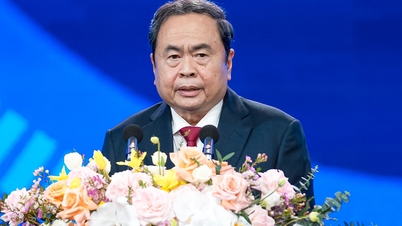









![[Photo] National Assembly Chairman Tran Thanh Man attends the VinFuture 2025 Award Ceremony](https://vphoto.vietnam.vn/thumb/402x226/vietnam/resource/IMAGE/2025/12/05/1764951162416_2628509768338816493-6995-jpg.webp)
![[Infographic] Air pollution and recommendations from the Ministry of Health](https://vphoto.vietnam.vn/thumb/402x226/vietnam/resource/IMAGE/2025/12/05/1764950568593_screen-shot-2025-12-05-at-222015-png.webp)



















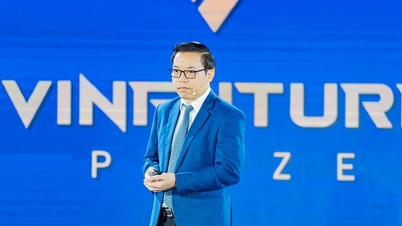

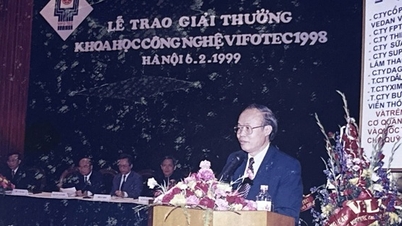



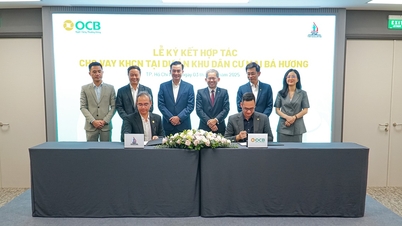

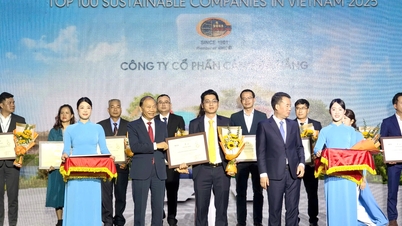
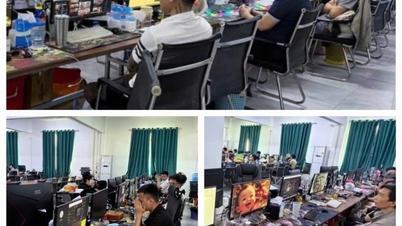
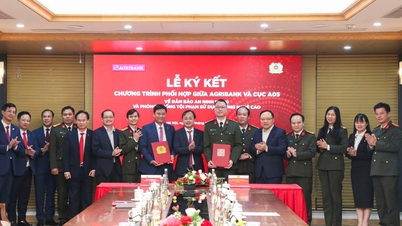

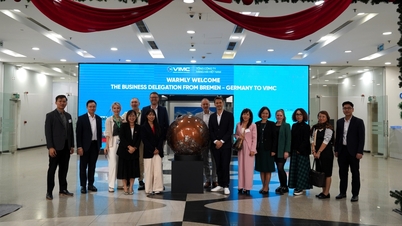
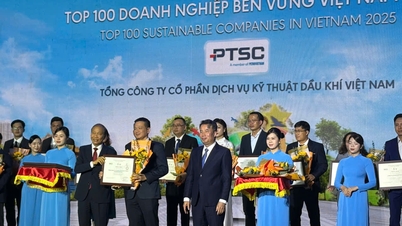












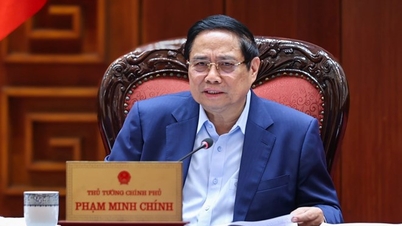

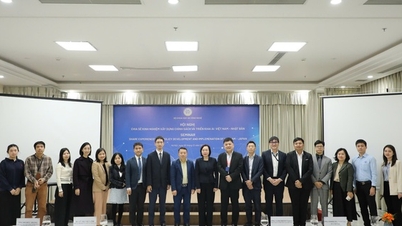
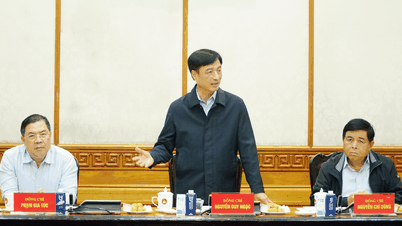

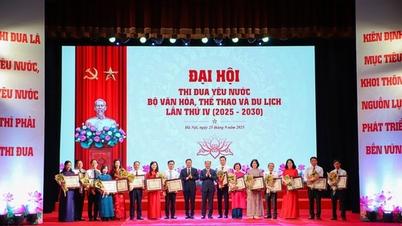

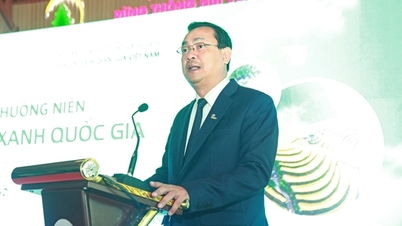
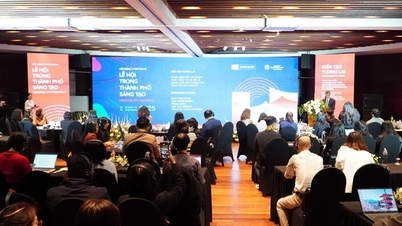






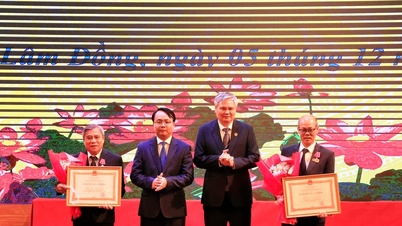



















Comment (0)